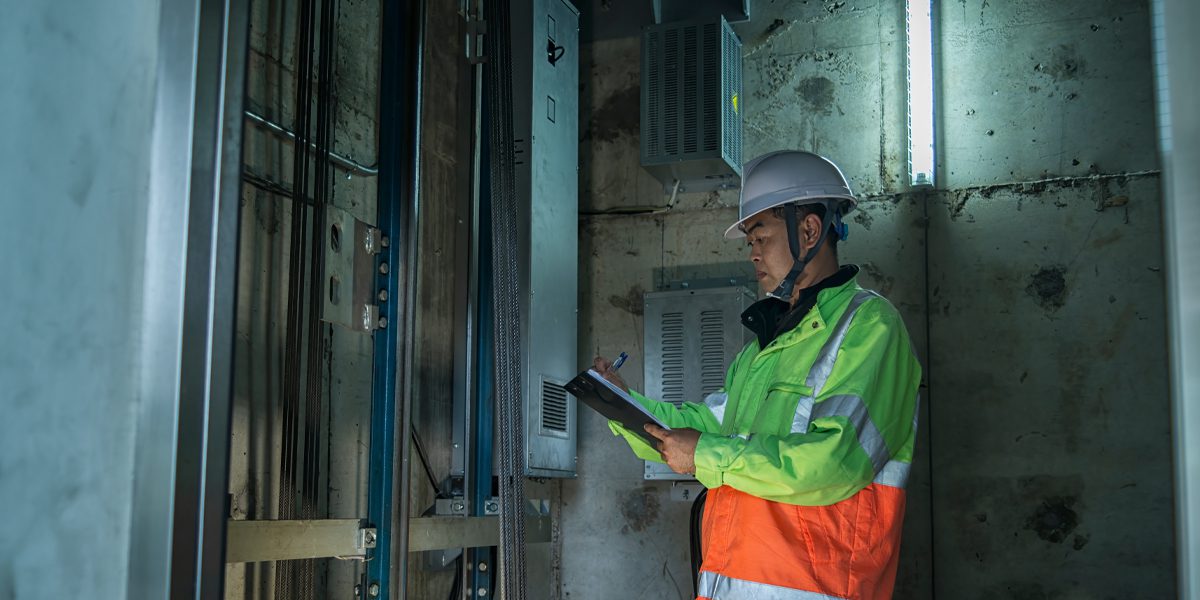Lift traffic analysis and vertical transportation assessment
In our work as engineering consultants, the team at Cudd Bentley and our specialist sub-consultants (The Lift Consultancy) carry out a variety of services, one of which is lift traffic analysis. This is a study of lift traffic which is used to estimate both the existing performance of a building’s lift system and define the number of lifts to be used in a new development. This data can then be used to predict how necessary upgrading will be should there be significant changes in the base build that they were originally designed and what changes may be necessary to the vertical transportation system.
A working and serviceable lift is a very important element of the functioning of a commercial or residential building. Ensuring it remains in good working order and runs safely, requires ongoing maintenance so as to achieve the optimum performance and achieve the designed lift traffic analysis.
Reasons for lift traffic analysis
They could be multiple reasons that the client instigates lift traffic analysis:
- Lift performance
- New building
- Increased population of a building
- Deterioration in service
- Assessment of impact before increasing building population
The functionality of the lift
It’s most people’s worst nightmare to be stuck in a lift but a far greater risk than feeling claustrophobic is of course the potential for fires in high-rise buildings. If a lift breaks down, it is also completely impractical to use stairs when in a multi-story building. The lift must, therefore, be in good working order and any undue pressure outside of what the lifts were designed for, could mean the system cannot cope.
Increased building population
In terms of commercial buildings, lift traffic analysis is essential if you’re planning to increase the population of your building. The British Council of Offices (BCO) guidelines govern how buildings in the UK are designed and built and this guidance stipulates that the lift service is based on an occupational density of 10 m² per person. The reality in modern buildings is, the population density can be significantly higher than 10 m² rising to as much as 1 person per 6m² for trading floors and high density work places. Businesses understandably want to maximise the use of their property and will populate their buildings with many people as possible. This is particularly pertinent with call centres and IT support.
Lift traffic analysis and vertical transportation assessment
There are several elements we assess with the lift traffic analysis, such as waiting times, speed of movement travelling to, and from floors, numbers of passengers, peak use time and whether the doors open and close quickly. Before considering any expenditure, clearly understanding the traffic flows in any building, gives the owners valuable insight into what may be required through a design review. The outcome of this analysis sometimes shows that minor adjustments and maintenance will only optimise the performance of a lift system and deliver very small improvements. Lifts may require extensive upgrades, modernisation or need to be completely replaced.
Scenarios where an upgrade is not possible
There may be constraints and limits to a building which means upgrading or improving the lift systems simply is not possible. In these situations, we would utilise our expertise as mechanical and sustainable engineers to suggest maximising the building’s potential. This could mean solutions such as only operating lifts in peak times or reconfiguring business operations so that the key areas of people such as a call centre are located on the ground floor.



